
Two Arks were deployed offshore of Vieques, Puerto Rico in November 2021 as part of a Navy-associated project led by Dr. Jessica Carilli (Naval Information Warfare Center), Dr. Forest Rohwer (San Diego State University), and Dr. Aaron Hartmann (Harvard University). Corals and seeded ARMS units were moved to the Arks and their health over time was compared to corals moved to a nearby seafloor location - a coral restoration method commonly used in the field - to see if midwater Arks presented any advantages to the growth of a healthy reef community. Over two years, coral growth and survival was consistently better on Arks than at the seafloor sites, and the Arks recruited abundant and diverse communities of fish and invertebrates. Abiotic factors and microbial ecology data suggest that the Arks provided much better conditions for supporting a healthy coral reef. Next, the midwater Arks will be relocated to the seafloor to determine if they can translate these ecosystem benefits to a degraded reef, thereby locally improving reef health.



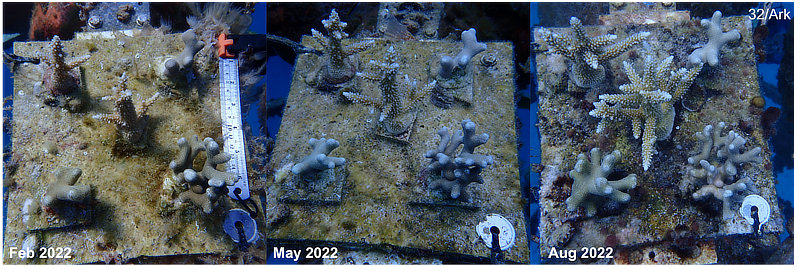
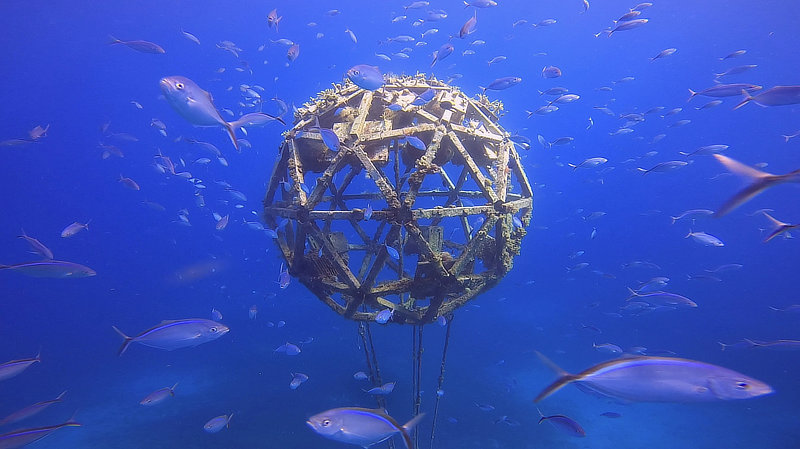

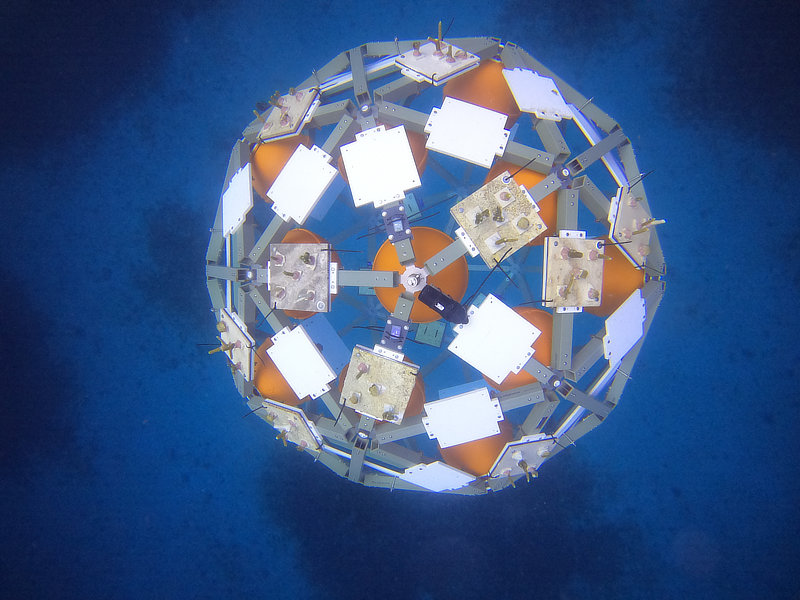

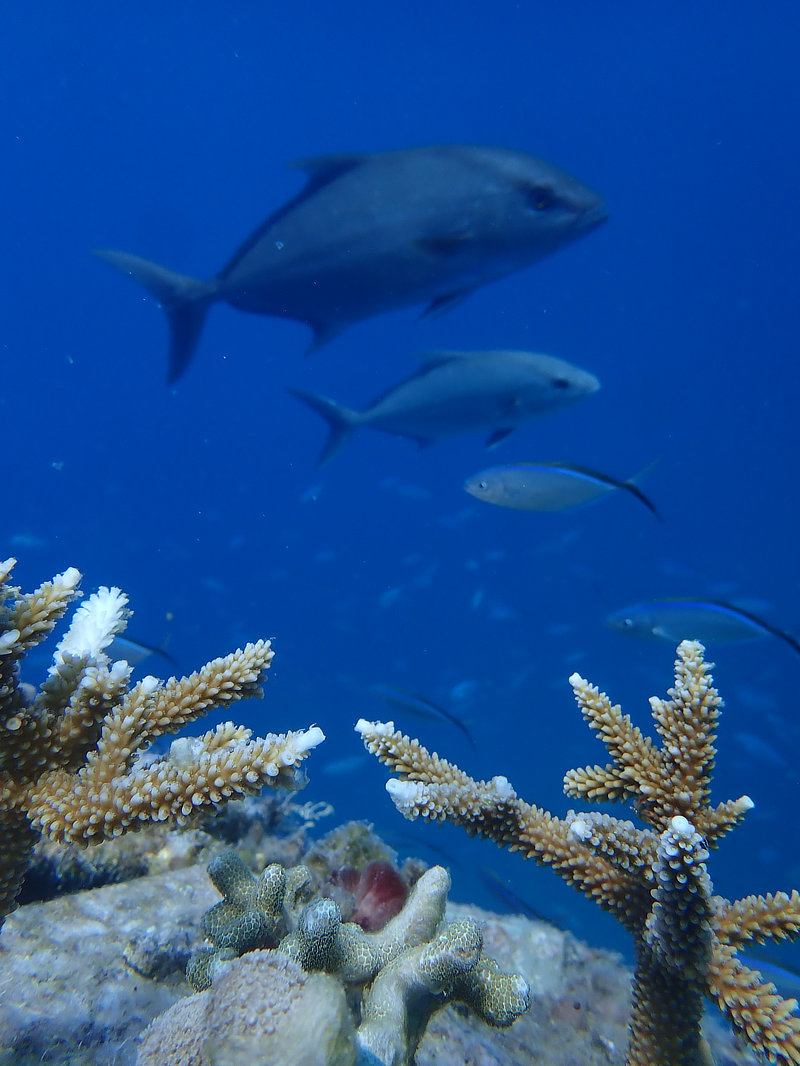

Three Arks were deployed offshore of the Caribbean island of Curacao in July 2021 by the Rohwer lab to study the degradative process of microbialization on coral reefs and hunt for mechanisms to reverse it. These Arks were used in a series of geometry, microbial ecology, ecological succession, and urchin experiments over the following two years which provided insights into the relationships between coral reef organisms and their surrounding environment, including microbes with biogeochemistry and urchins & coral larvae with substrate geometry. By moving the Arks up and down in the water column, our team was able to alter oxygen concentrations, virus-to-microbe ratios, and flow speeds; a first step in improving conditions on reefs in order to help corals and their associated communities thrive.








This experiment was conducted on the Curacao Arks in collaboration with a team of materials scientists and engineers at the University of Illinois at Urbana Champaign (UIUC). The UIUC team, which has done extensive research into biocompatible materials for human applications (i.e., materials to mimic human bones), is interested in engineering materials that are attractive to coral larvae, and can therefore be used to improve success in coral restoration. The goal of this experiment was to search for differences in the development of fouling communities across different materials, and whether or not these characteristics could improve larval settlement outcomes. The experiment tested 11 material types on “tiles”, with some tiles caged to prevent grazing by fish and invertebrates (grazed vs ungrazed), and some tiles facing downward to block sunlight (sunlight vs shaded), and asked the following questions:
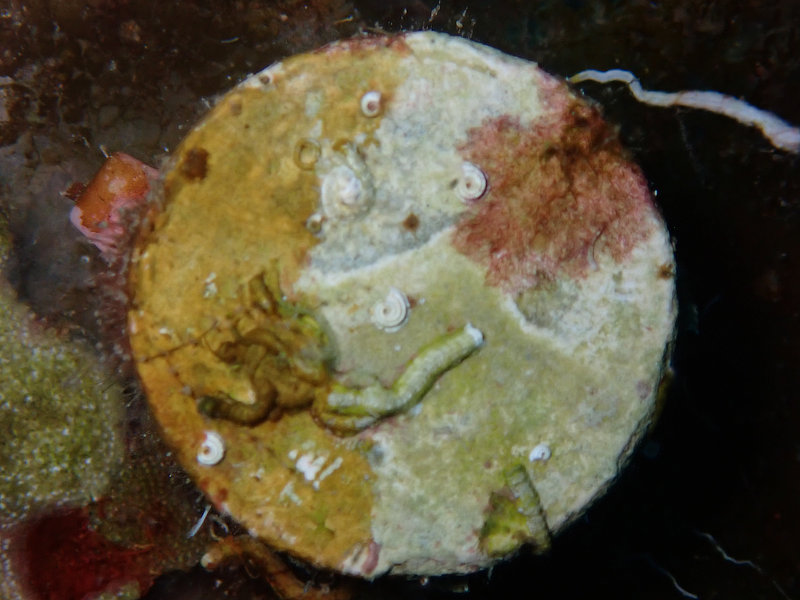
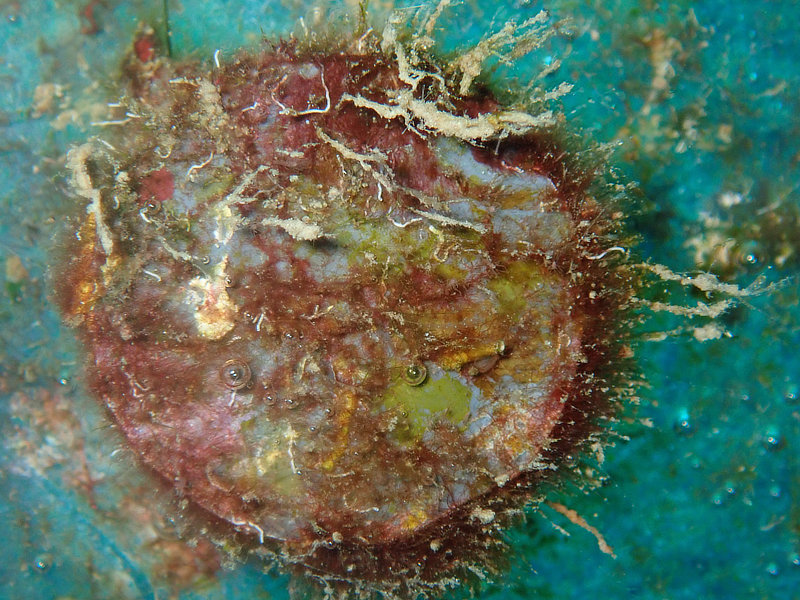
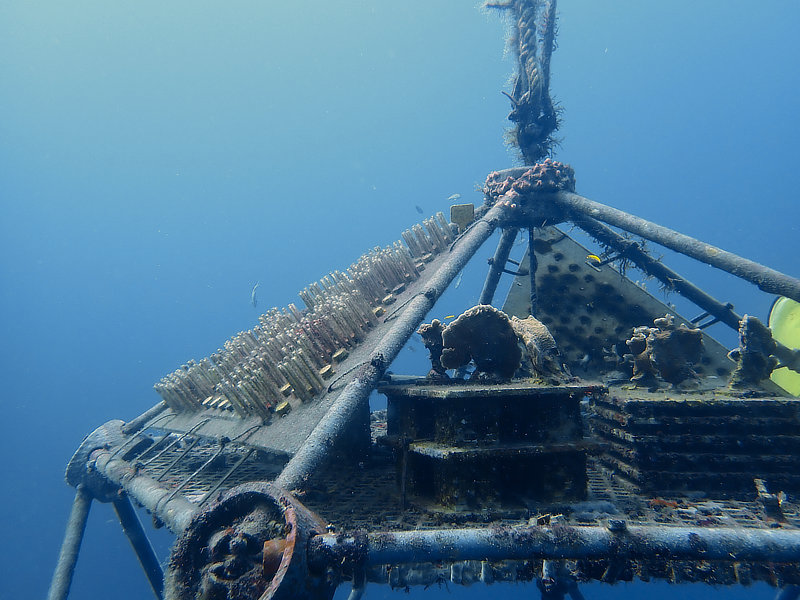

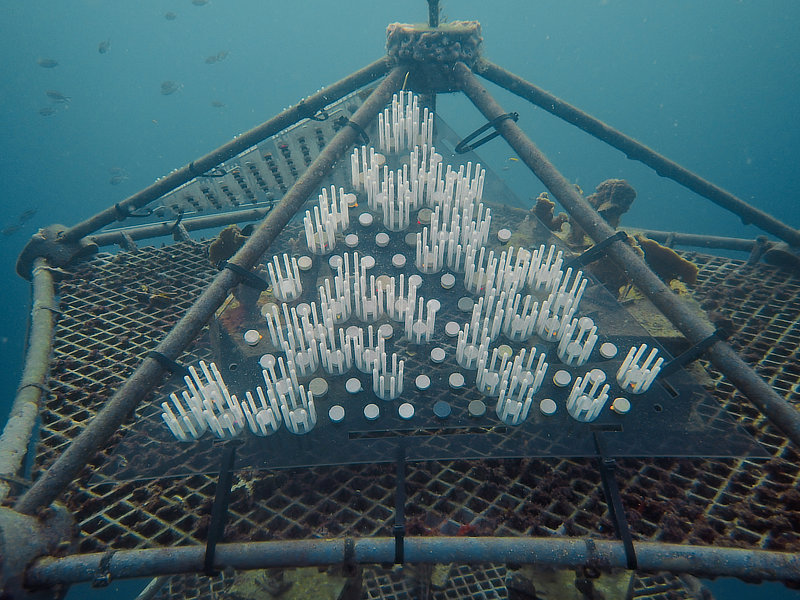

Material characteristics play a large role in the settlement preference of coral reef organisms, including key calcifiers like corals and CCA. We know that some of these characteristics, including texture, chemical composition, color, etc, have been linked to improved coral recruitment outcomes, but we don't know which materials provide the best characteristics for coral settlement. We added the “Panels of Sparkling” to the Arks to test many different materials at once - including metals, ceramics, glass, polymers, plastics, rocks, minerals, adhesives, composites, coatings, and organics - and added thousands of cultured coral larvae to the panels using tenting experiments to determine which materials are best suited as settlement substrates for restoration. We are calling this a "taxonomy of materials" because it involves building a trait-based classification system for many different materials and predicting biological responses to these materials based on their traits.



